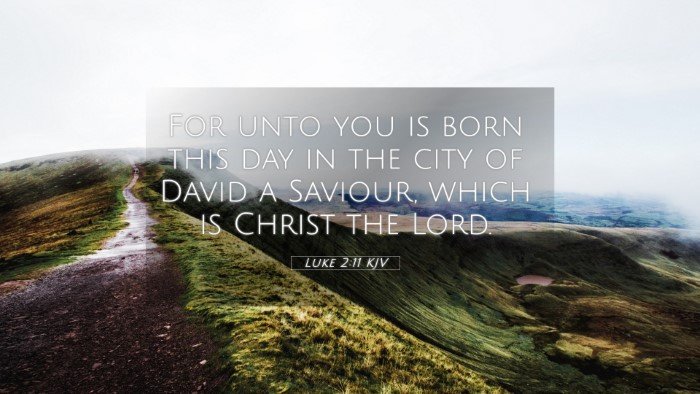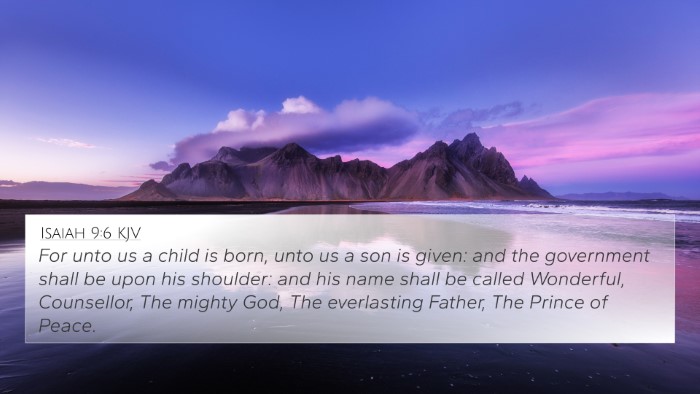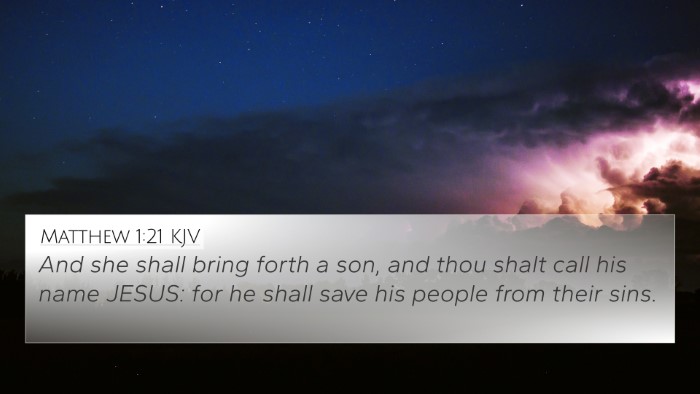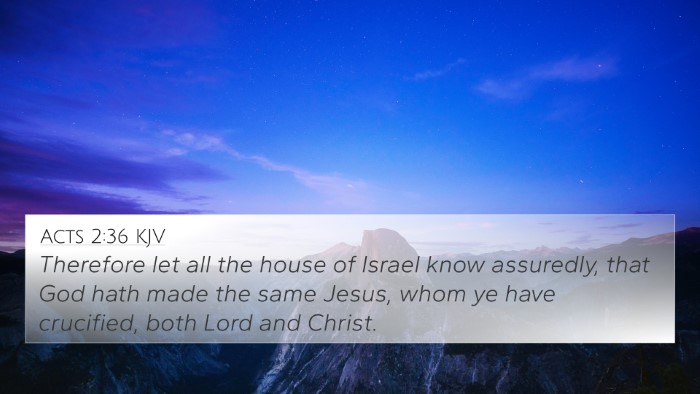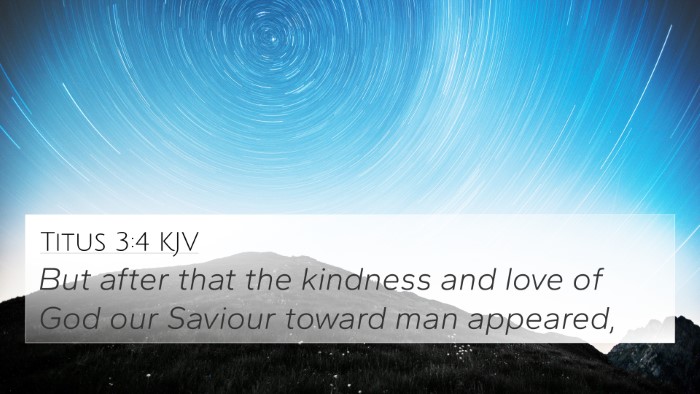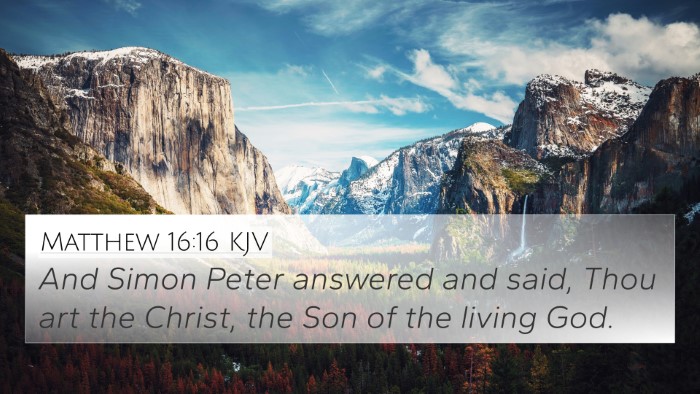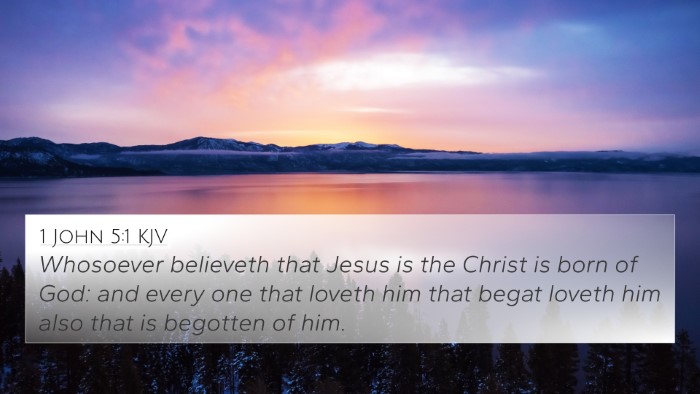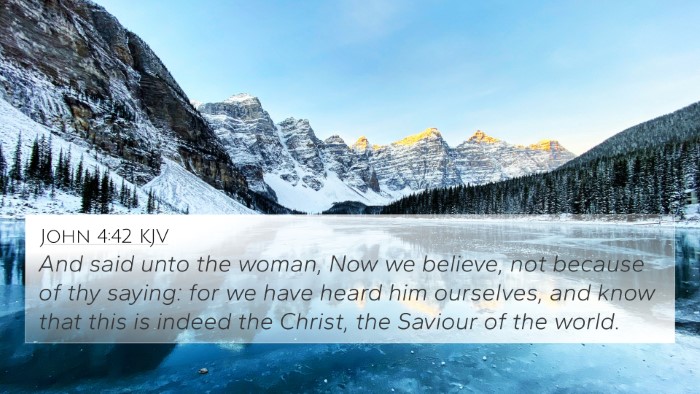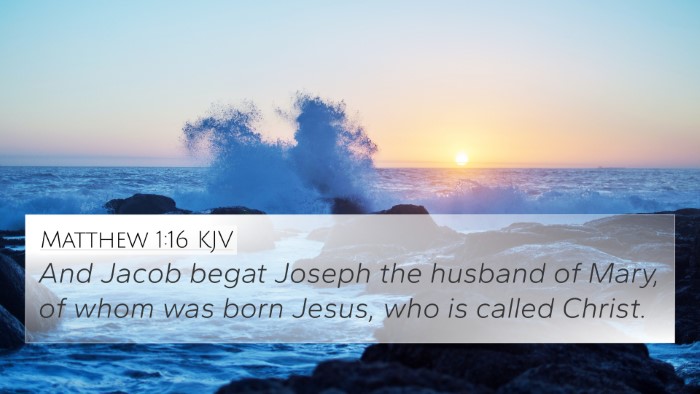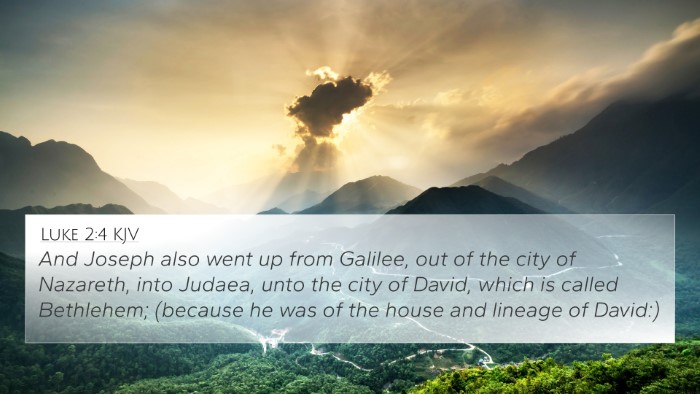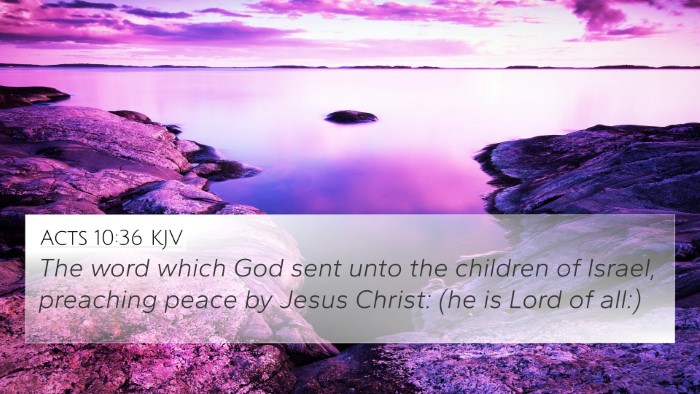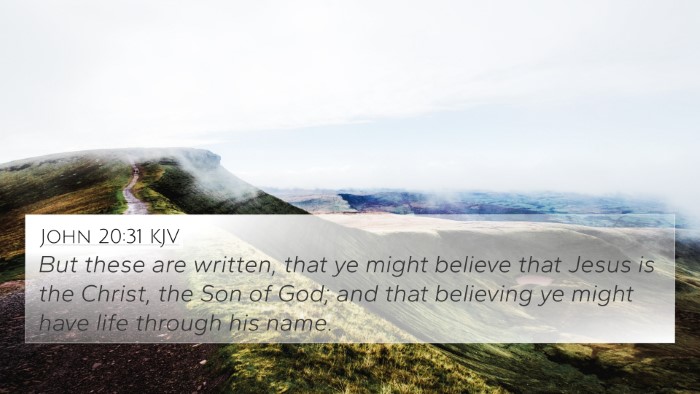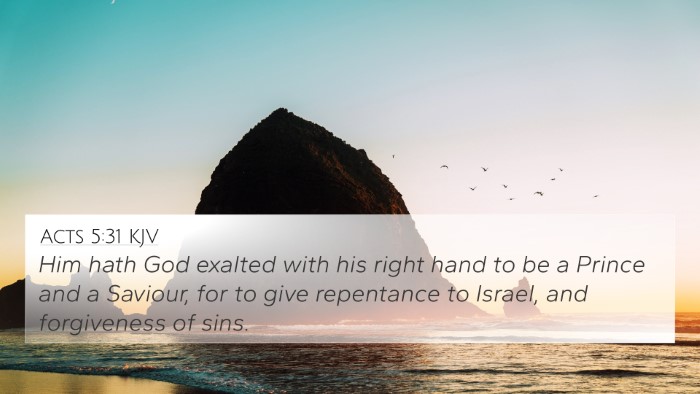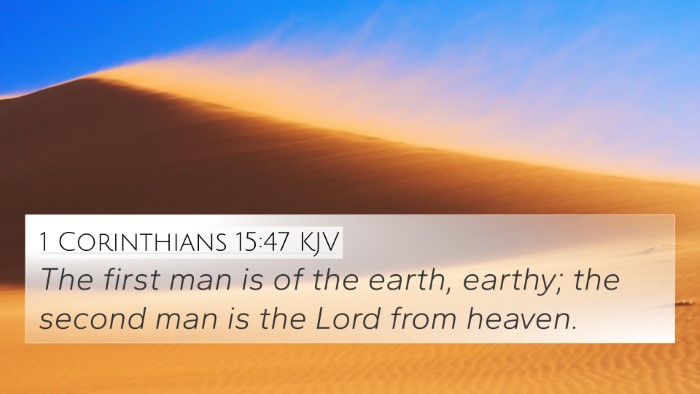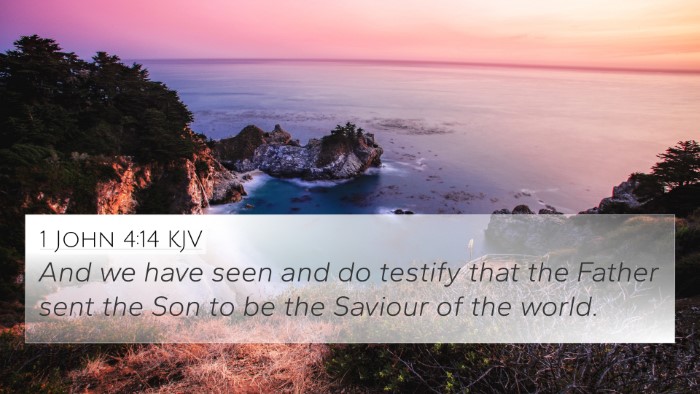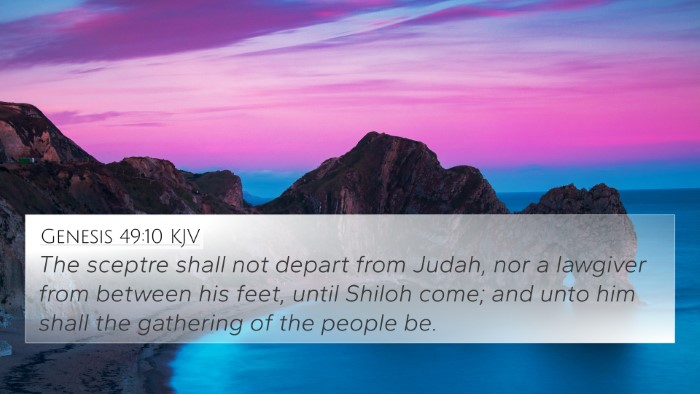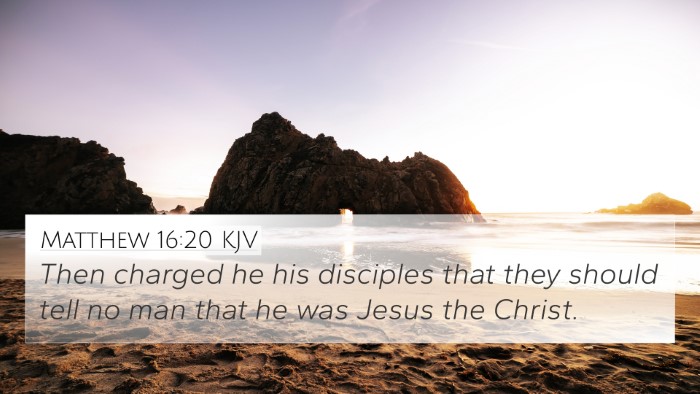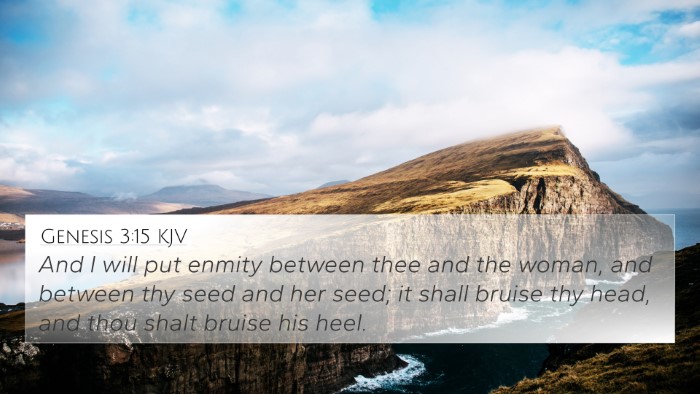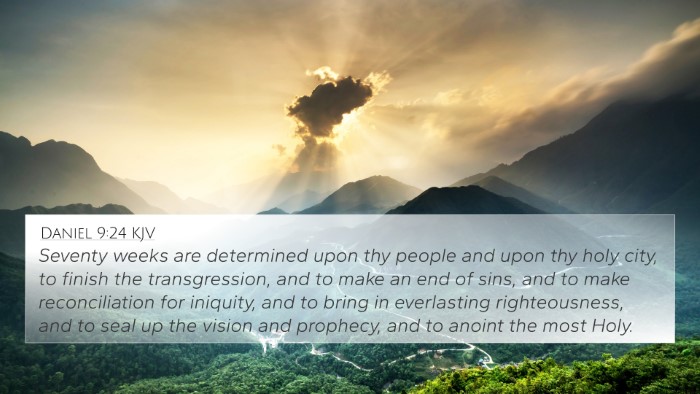Understanding Luke 2:11
The verse Luke 2:11 states: “For unto you is born this day in the city of David a Savior, which is Christ the Lord.” This verse marks the announcement of the birth of Jesus Christ, emphasizing His significance as the Savior of humanity.
Context and Background
This passage occurs during the nativity narrative within the Gospel of Luke. The shepherds in the field received this message from angels, highlighting the magnificence and humility associated with Christ’s birth. Analyzing this verse requires an understanding of its theological implications as well as its historical context.
Key Themes
- The Messianic Birth: This signifies the fulfillment of Old Testament prophecies regarding the Messiah.
- Universality of Salvation: The phrase “unto you” indicates that this gift of salvation is for all people, not just for a select few.
- Christ's Dual Nature: The verse identifies Jesus both as Savior and as Christ (the Anointed One), reinforcing the belief in His divine and human natures.
Commentary Insights
Combining insights from notable public domain commentaries reveals rich meanings of Luke 2:11:
Matthew Henry’s Commentary
Henry elaborates on the significance of the angelic announcement. He notes that the Savior's birth was a cause for great joy for all people (Luke 2:10), capturing the hope brought by Christ’s arrival. Henry emphasizes that Christ was not only born in a humble setting but was sent with a divine purpose to save humanity from sin.
Albert Barnes’ Notes on the Bible
Barnes points out the historical context provided by the mention of “the city of David,” which refers to Bethlehem, fulfilling the prophecy in Micah 5:2. He underscores the title “Christ the Lord,” recognizing Jesus’ sovereign authority and His role as the prophesied King.
Adam Clarke’s Commentary
Clarke underscores the importance of recognizing Jesus as both divine and human, referencing the incarnation. He mentions that this was a day of great significance not just for the shepherds but for the entirety of creation, showcasing the profound impact of Christ’s coming.
Bible Verse Cross-References
Luke 2:11 is intricately connected with numerous other scripture passages, providing a deeper understanding through comparative Bible verse analysis. Here are key cross-references:
- Isaiah 9:6: Prophecy of the coming Messiah who will bear the government on His shoulders.
- Matthew 1:21: The announcement of Jesus’ birth and His purpose to save His people from their sins.
- Micah 5:2: Prophecy concerning Bethlehem as the birthplace of the Messiah.
- John 1:14: The Word became flesh and dwelt among us, indicating the incarnation.
- Romans 10:9: Acknowledging Jesus as Lord is essential for salvation, paralleling the message of Luke 2:11.
- Acts 4:12: Affirming that salvation is found in no one else but Jesus.
- Philippians 2:5-11: Jesus’ humility in incarnation followed by His exaltation, illustrating His lordship.
Connections Between Bible Verses
This verse serves as a focal point for understanding the overarching narrative of redemption throughout the Bible. Its connections reveal how prophecies and teachings in the Old Testament find their culmination in the New Testament through Christ.
Thematic Bible Verse Connections
As seen through this analysis, themes such as salvation, Messiahship, and God's plan unfold across scripture, connecting various texts into a cohesive message that emphasizes God's love and intention for humanity.
Scriptural Cross-Referencing Techniques
To delve deeper into the connections illustrated in Luke 2:11, here are some tools for Bible cross-referencing:
- Bible concordance: A valuable resource for finding specific words and their occurrences throughout scripture.
- Bible cross-reference guide: Provides structured links between related verses.
- Cross-reference Bible study: A methodical approach to studying the scripture that connects themes throughout the biblical narrative.
- Bible reference resources: Collections of writings that aid in understanding intertextual connections.
- Bible chain references: Follow a chain of verses that are linked thematically or contextually.
Conclusion
Luke 2:11 serves as a reminder of the joyous hope birthed in Jesus Christ, extending an invitation to all humanity for redemption. As we engage in cross-referencing biblical texts, we gain a more profound comprehension of the connections that illuminate God’s plan and the significance of Jesus Christ as our Savior.
By studying related verses and using various cross-referencing Bible study methods, one can uncover deeper truths about faith, salvation, and the Lordship of Christ established in Luke 2:11.

